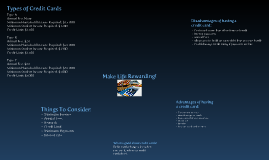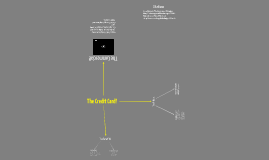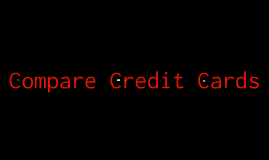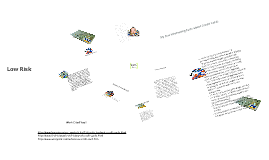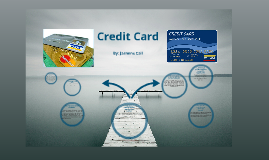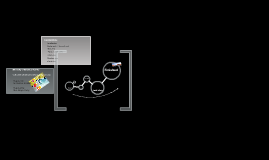Credit Card
Transcript: Credit Card Shawntasia Henry What is a Credit Card? It’s a plastic card with a magnetic strip many people carry in their wallets or purses; it is the end result of a complex banking process. Holders of a valid credit card have the authorization to purchase goods and services up to a predetermined amount, called a credit limit. The vendor receives essential credit card information from the cardholder, the bank issuing the card actually reimburses the vendor, and eventually the cardholder repays the bank through regular monthly payments. If the entire balance is not paid in full, the credit card issuer can legally charge interest fees on the unpaid portion. History of a Credit card In the beginning, credit cards were just charge accounts, offered by individual stores and only usable at those stores. The first credit card that could be used at multiple locations was offered by The Diner’s Club in 1950.In 1730, Christopher Thompson, a furniture merchant, created the first advertisement for credit by offering furniture that could be paid off weekly. This introduced the idea that people who couldn’t afford to buy “big-ticket” items could make regular payments until the full cost of the items were paid. Purpose of a Credit Card A card issued by a financial company giving the holder an option to borrow funds, usually at point of sale. Pros of a Credit Card Many credit card plans also include insurance coverage for theft or fraud. If a credit card is reported stolen and then used illegally, the cardholder would not be held responsible for unauthorized charges. A credit card holder can authorize other people to use the card for purchases or services, however. Ultimately, the primary cardholder is responsible for all charges placed on his or her account. A credit cards do not give the holder an immediate credibility for services such as hotel reservations, car rentals and airline ticket reservations. Those without a credit card often have to guarantee their reservations with cash deposits or several forms of identification. Credit card use often becomes problematic when the holder accrues more debt than a regular monthly payment can cover. The issuing bank does allow credit card users to carry over balances every month (revolving credit), but significant interest rates may also accrue on those balances. Missing a scheduled payment can also prompt the bank to raise interest rates on a delinquent account. If a credit card holder can only afford to pay the minimal amount due every month, he or she will not be reducing the actual debt incurred. The minimal payments may only apply to the accrued interest. This is a financial spiral many credit card users may experience if they don't use proper spending restraint. Low Risk My five interesting facts about Credit Cards A credit card is not a requirement for successful living, but even those who only pay for goods or services with available cash often find a credit card to be a convenient form of identification and instant credibility. In order to avoid excessive credit card debt, the holder must decide if the goods or services are worth the added expenses. With an annual fee of $2,500, Black Centurion Card (offered by American Express) is the most expensive credit card in the world. It requires the cardholder to spend at least $250,000 a year through credit card transactions. All credit cards are the same shape and size. According to the ISO/ICE 7810 standards, all credit cards are 85.6 millimeters wide and 53.98 millimeters tall In 1976, the name Visa was given to a joint financial venture created by Bank of America in 1958. In 1984, MasterCard was the first to use a hologram on its cards to deter fraud http://www.bargaineering.com/articles/50-fun-facts-about-credit-cards.html http://www.thehistoryof.net/history-of-credit-cards.html http://www.wisegeek.com/what-is-a-credit-card.htm Cons of a Credit Card Work Cited Yay!!






